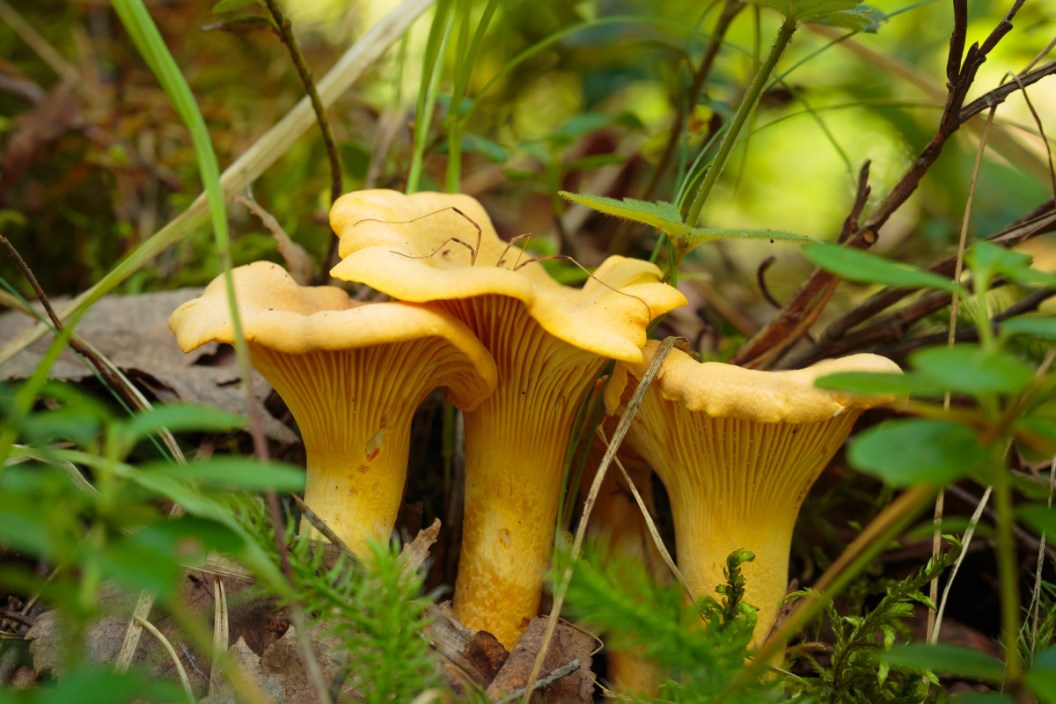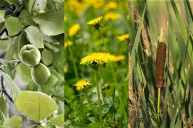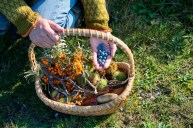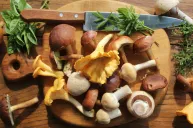Texas is well known as a hunting and fishing Mecca for sportsmen and women nationwide, but did you know that it offers some great foraging? Certainly, you will need to dig into the regulations since you may not be able to gather wild edibles on some public land, (or private land without permission) but the fact is that the Lone Star State is chock full of native wild edible plants you can eat.
Finding and gathering them is a great part of living or even visiting Texas. Learning about the different species is half the fun. Just know that you will be doing some walking if you really want to fill your basket!
You may think that you'll have to hike through the hills and valleys with a backpack and a guide to find some of these native plants, but the truth is that much of Texas' wild plants that are edible can be found right in the backyard. Since many native wild plants are more nutritious than those found in the grocery store, it's well worth your time. Plus, a good knowledge of edible wild plants comes in handy if you ever find yourself in a survival situation.
Consider them as you will: fruits, nuts, roots, fungi, and even some flowers are edible. At least to those who know what wild foods to search for in the Lone Star state.
Mushrooms
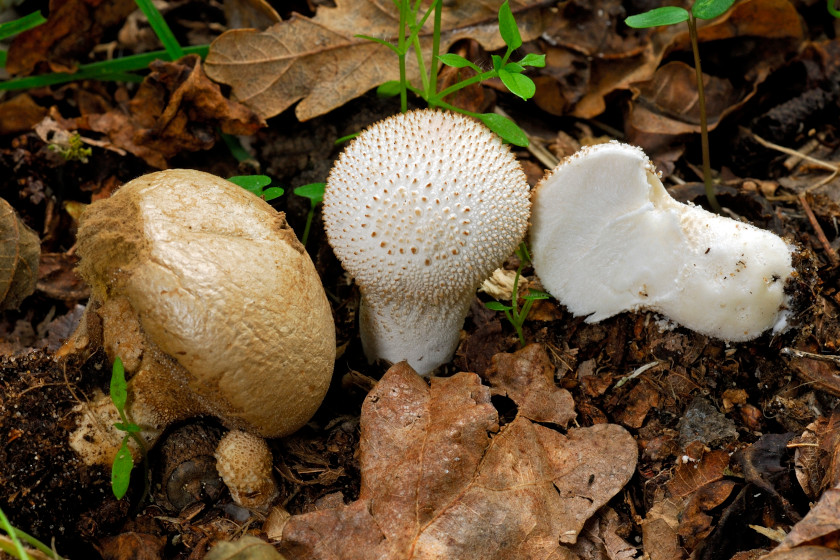
Getty Images: MichelVIARD
Fungi are usually the first things people think of when they hear the phrase "wild edibles." Fortunately, there are plenty to be found in Texas.
- Chanterelles
- Morels
- Oyster Mushroom
- Puffballs
- White Jelly Fungus
- Stinkhorns
- Caesar's Mushroom
While not every one of these is all that common, certain species of mushrooms are easy to find if you know where to look. They're also delicious to eat. The fabulous morel mushroom is the one we all desire and spend the most time looking for. Many foragers overlook them, but chanterelles are also great. And if you haven't tried some fried puffball yet, you don't know what you've been missing.
As always, don't just feel like you can walk out there, find one, and eat it. Some species are quite poisonous and even look like varieties that are perfectly safe, so you will need to do your research. Never eat any fungi without properly identifying it first.
Nuts

Getty Images: majorosl
There's more than you might expect. Although there are large swaths of Texas with very few trees where finding some of these may prove difficult.
- Acorns
- Beech
- Black Walnut
- Allegheny Chinkapin
- Pecan
- Shagbark Hickory
Surely acorns and pecans are the heart of the matter when it comes to nut gathering in Texas, but walnut and beech are available as well. The Allegheny Chinkapin is mainly only found in East Texas making it less common. However, it is an interesting addition to this list since it is considered to be quite edible.
Wild Fruit
- Mustang Grapes
- Agarita
- Dewberries
- Western Mayhaw
- Texas Persimmon
- Plums
- Prickly Pear
- Blackberry
Elderberries and blueberries grow in Texas, but either for commercial purposes or just not in enough wild quantities to make them common. Dewberries look very similar to blackberries and even the flowers can be eaten.
Texas persimmon is fairly common in some areas and very uncommon in others. Wild plums can be used for preserves or even in wine, but they can also be eaten right off the tree when ripe.
Other Wild Edibles in Texas
There are a plethora of wild things that a veteran forager can find in Texas to eat, but as with the rest of Texas it is such a big list that you might need to study it for years to become as good as some of the native Texans. Regulars such a dandelions, wild onion, wood sorrel, chickweed, and prickly pear all appear in Texas. And not everything we've listed here today is found everywhere since the state is so big geographically.
Foraging Texas is a great way to start your search since they have a lifetime of knowledge and history of gathering wild edibles in the Lone Star State.
Important Information About Foraging
Three great rules to remember when gathering wild edibles is as follows: respect the law, respect the outdoors, and respect the bounty. Honestly, the "leave no trace" rule of thumb should be a simple way to live as we wander the wilderness areas in search of plants that can be beneficial to our health in so many ways.
Here is a great reason to have and carry a good quality, sharp pocket knife to cleanly cut (and not break) a plant for our use. Especially with something that won't grow back if you de-root it like cattails. Always be aware of your surroundings for several reasons: public lands may not allow foraging, private lands need permission to access, and in states like Texas it is imperative to stay safe from some species of wild animals like coyotes and feral hogs.
Maybe the best way to become a good gatherer of wild plants is to take a class or at least follow a social media page dedicated to the craft. A handy field guide isn't a bad idea either. One of the greatest reasons to become a faithful forager is self sufficiency and the attitude of community since most foragers tend to be quite well suited to share their knowledge.
Please check out my book "The Hunter's Way" from HarperCollins. Be sure to follow my webpage, or on Facebook and YouTube. Go to Rack Hub and use the coupon code Craiger for a new way to display those antler sheds!
NEXT: LIFE CYCLE OF A MOREL MUSHROOM IN A 1-MINUTE TIME-LAPSE
